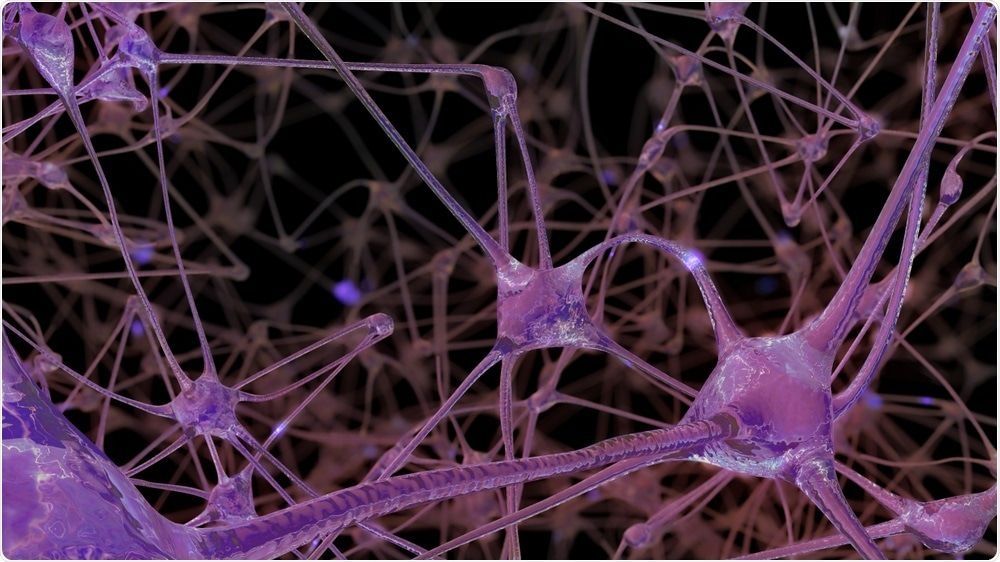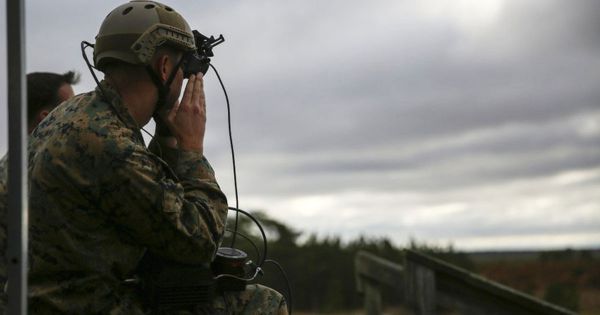This NIR photo immune therapy is to be licensed to Rakuten Aspyrian Therapeutics, in San Mateo, California.
by Ford Burkhart in San Francisco
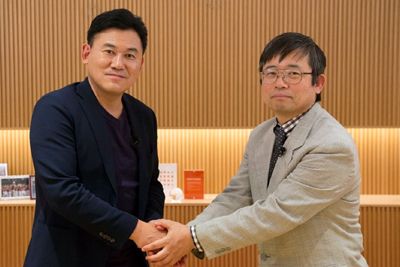

These molecules not only rapidly improve symptoms, but remarkably, also appear to renew the underlying brain impairments causing memory loss in preclinical models.
“Currently there are no medications to treat cognitive symptoms such as memory loss that occur in depression, other mental illnesses and aging,” says Dr. Etienne Sibille, Deputy Director of the Campbell Family Mental Health Research Institute at CAMH and lead scientist on the study.
What’s unique and promising about these findings, in the face of many failures in drug development for mental illness, is that the compounds are highly targeted to activate the impaired brain receptors that are causing memory loss, he says.

This month, a group of Democratic lawmakers called for an ambitious plan for the United States to reach net-zero carbon pollution in 10 years. While experts debate whether the proposal is technologically or politically feasible, the so-called Green New Deal is about more than shifting to cleaner, more advanced forms of energy sources. It’s also about shifting to more traditional forms of agriculture.
While farming generally takes a back seat to energy in discussions of climate, it accounts for up to a third of carbon pollution, by one account. Tractors and trucks that harvest and transport our food burn gasoline and diesel, generating pollution. Synthetic fertilizers derived from fossil fuels spur the release of heat-trapping gas from the soil, and cows and sheep emit large volumes of planet-warming pollution. Then there is the matter of agricultural giants burning forests to clear land for farming and grazing, thereby releasing carbon stored in trees into the atmosphere and reducing the capacity of the land to store CO2.
And yet, while agriculture is a big part of the problem, it can also be part of the solution. Smart growing practices can help soak up pollution and store it in the ground — what’s known as carbon farming.
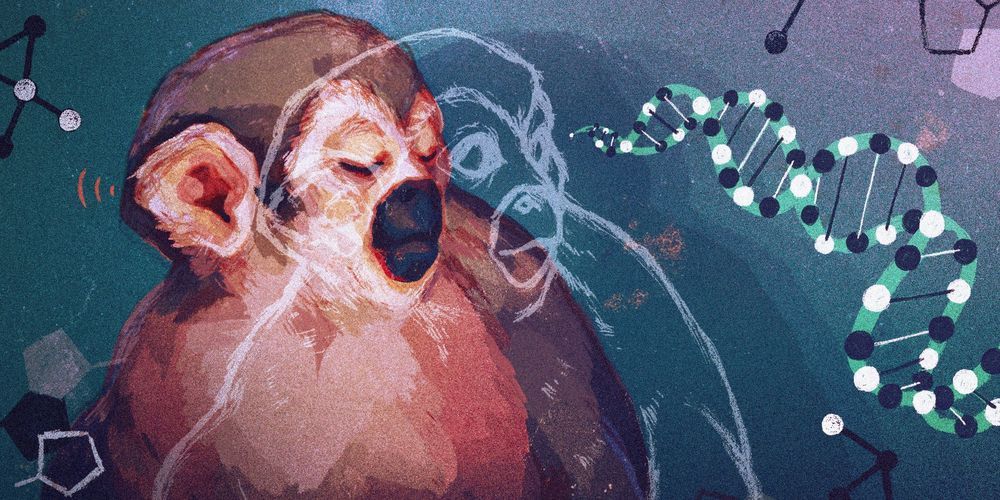

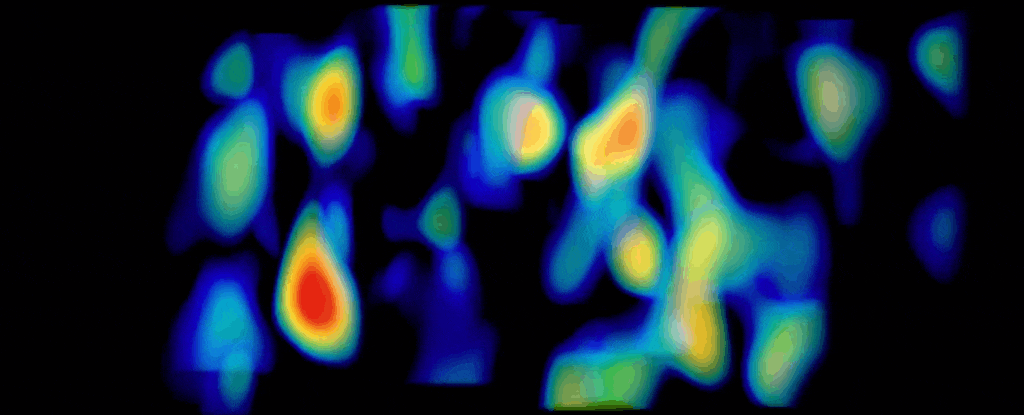
An invisible force is having an effect on our Universe. We can’t see it, and we can’t detect it — but we can observe how it interacts gravitationally with the things we can see and detect, such as light.
Now an international team of astronomers has used one of the world’s most powerful telescopes to analyse that effect across 10 million galaxies in the context of Einstein’s general relativity. The result? The most comprehensive map of dark matter across the history of the Universe to date.
It has yet to complete peer-review, but the map has suggested something unexpected — that dark matter structures might be evolving more slowly than previously predicted.

In contrast, 3D-printed clothes can simply be dumped into blenderlike machines that turn the plastics into powder that can then be used to print out something new. And since 3D printing easily allows for custom sizing, the process is inherently frugal with materials.
But there are plenty of challenges that must be overcome before 3D-printed apparel goes mainstream.
One is cost. Even the smallest home 3D printers run several hundred dollars. A printer capable of printing human-sized apparel is beyond the reach of individual consumers. And it takes far longer to print an article of clothing than to produce a similar article via weaving or knitting. Peleg’s jacket, for example, takes about 100 hours to print.
